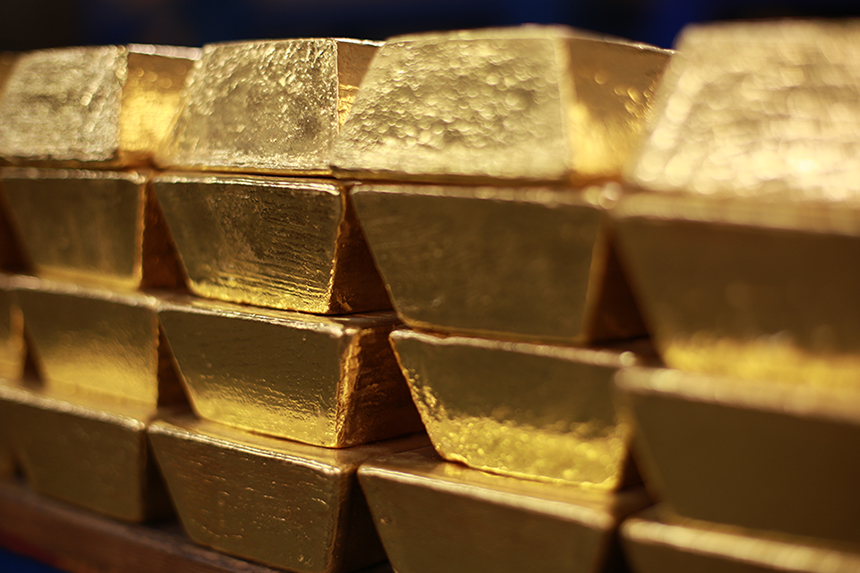Money has taken various forms through the ages, from gold and silver through to the two types used today: cash and bank deposits.
The vast majority of money in the UK is held electronically as bank deposits, with a small proportion held in physical form as cash (banknotes and coins).
96% of money is held electronically
4% of money is held physically as cash
What can you do with money?
Money makes it easy for people to buy and sell things. It is considered a reliable medium of exchange between buyer and seller.
But money has other uses, too. It allows us to store the face value of a coin or banknote. For instance, if you were given an ice cream worth £2, you could enjoy it right now, but if you didn’t it would melt – and that ‘value’ would disappear. But if you were given a £2 coin instead, you could spend it any time you liked.
Businesses use money when they set prices. If you get your car fixed by a mechanic, you will be charged in pounds and pence. The price could be listed in other units (bags of rice, pints of milk etc) but money offers a shared standard that everyone can use, making it easy to compare prices.
What has money been like in the past?
People have used all sorts of things throughout history, such as gold, feathers and cowrie shells.
Watch our 50-second video below to find out more.
-
Money has taken many forms over the ages and around the world. Gold is perhaps the first object that comes to mind. But more unusual items such as feathers, stone wheels and even teeth have also been used as a store of wealth across the ages. In ancient Egypt, people would take their grain to warehouses or grain banks for safe keeping and transfer grain to other people’s accounts as a way to settle debt.
Cowrie shells, with their attractive appearance and the ease with which they can be counted, were a particularly popular form of money in ancient times. Their use stretching across many parts of Asia and Africa.
What are commodity and fiat money – and what is the difference?
Commodity money is money that gets its value from whatever it is made of. Metals, such as gold and silver, are the most obvious example.
In the 1500s, goldsmiths began storing gold coins for customers and issuing them with receipts, which could be converted back into gold on demand. But carrying precious metals around is a considerable physical burden. So, over time, people started using the receipts instead. These became a form of money themselves and precursors to today’s banknotes.

We have been issuing banknotes for more than 300 years. For most of that time, banknotes could be exchanged, on demand, for the equivalent amount of gold. But the link between banknotes and gold, known as the Gold Standard, ended in 1931. Since then, banknotes have been a form of fiat money.
Fiat money is not convertible to gold or any other asset. It is simply a way of representing value. Examples of fiat money are:
- banknotes
- coins
- cheques
- bank deposits
- electronic payments
Unlike commodity money, the value of these things is not dependent on the materials they are made of.
It is up to a government to decide the value of its fiat money and to regulate its supply. This system relies on public trust in the government and its management of the economy, rather than on the set value of a physical asset.
One advantage of fiat money is that the amount in circulation can respond to economic conditions. This can support the smooth functioning of the economy. By contrast, the total amount of money circulating in the economy during the time of the Gold Standard was ultimately limited by the amount of gold that could be mined.
